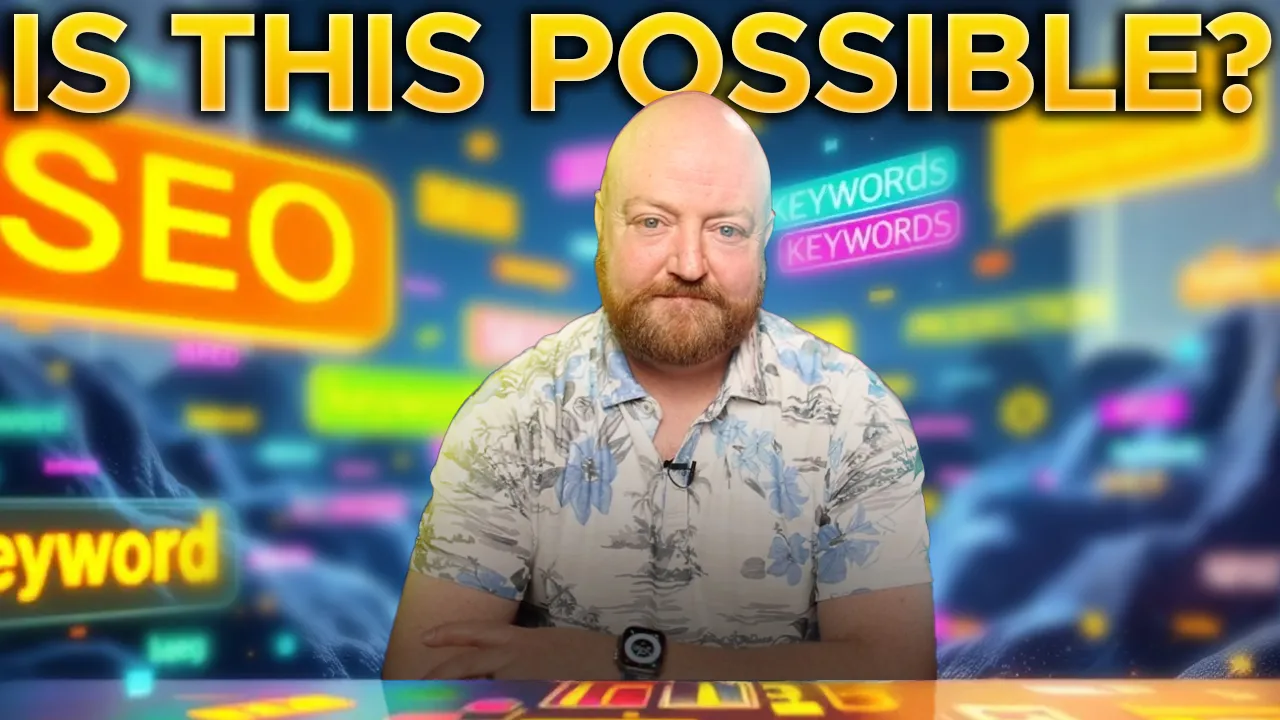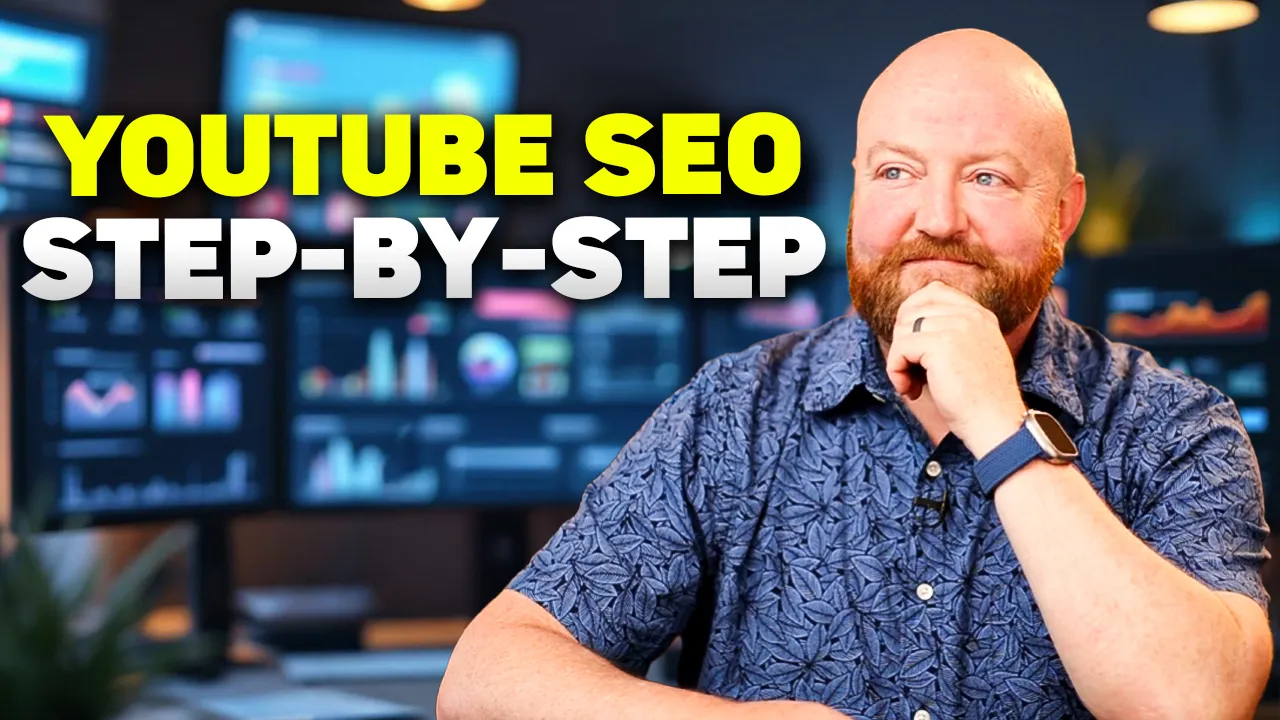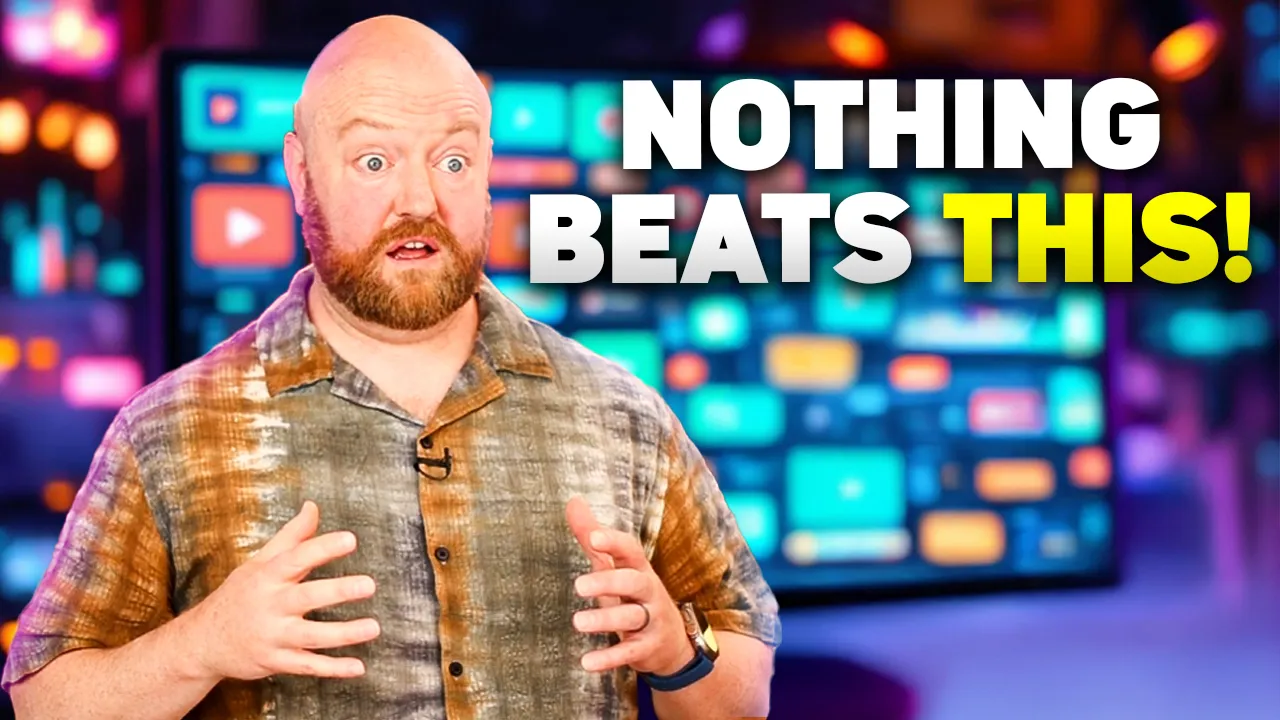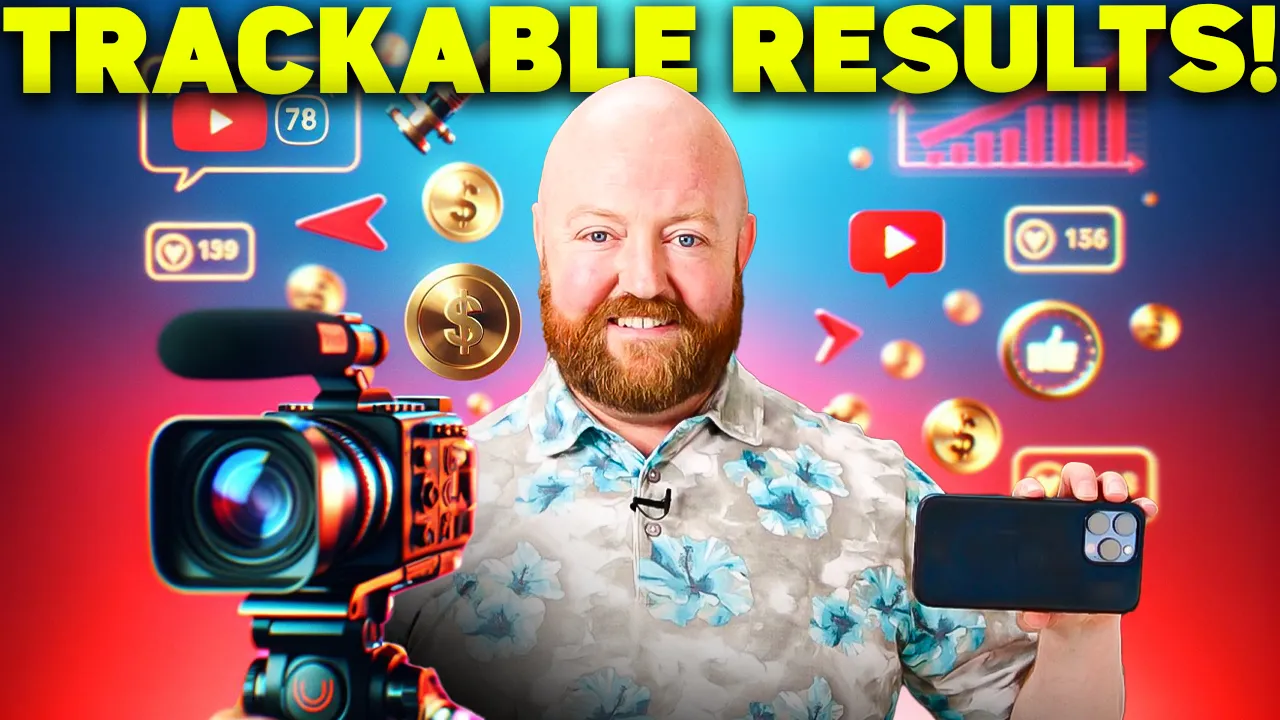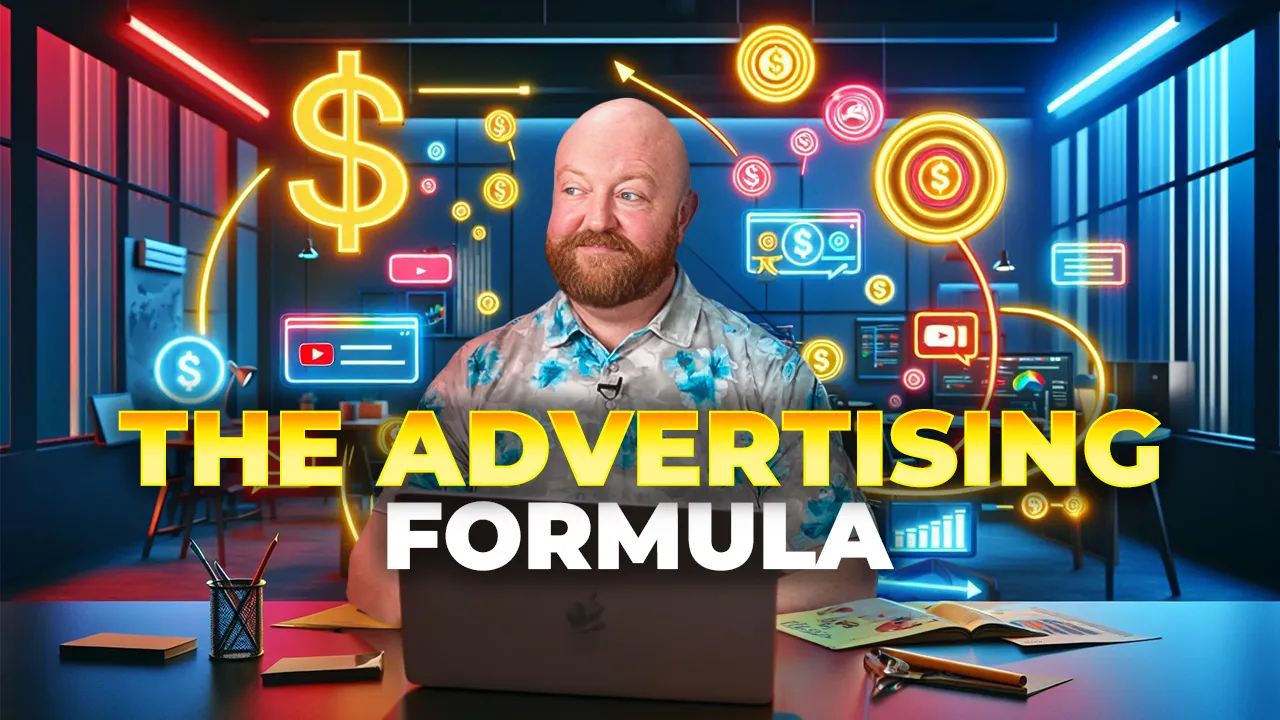Social media is an essential tool for generating business leads. Whether you’re focused on Facebook, LinkedIn, or YouTube, each platform offers unique opportunities to connect with your target audience and turn those connections into long-term business relationships. In this article, I’ll walk you through proven strategies that have helped my clients generate seven and even eight figures in revenue—strategies that you can start applying today.
1. Facebook: Quick Wins with Paid Ads and Viral Content
Facebook remains one of the most powerful platforms for lead generation. There are three main ways to use Facebook to generate leads:
Facebook Ads
The most direct method is through Facebook ads. While paid ads can be expensive, they offer the advantage of rapid iteration. You can test different pages, tweak your approach, and track performance in real-time. Over just a few days or weeks, you can fine-tune your marketing funnel for better results.
However, it’s important to be aware of the costs. For example, some of my colleagues spend upwards of $400,000 a month on Facebook ads, with the potential to generate between $500,000 and $600,000 in revenue. While the numbers might work out, a dip in performance can result in a significant loss, making it a risky strategy.
Viral Posts
Another strategy is to create content that goes viral. A viral post can introduce your business to a wider audience—people who may have never heard of you before. However, the downside is that you can’t control which content goes viral, nor can you target specific audiences. That said, if you get it right, viral posts can bring a tremendous amount of exposure.
Direct Engagement in Comments
A more hands-on approach involves engaging directly with users in the comments section. I’ve seen tremendous success with colleagues who take the time to comment on posts and invite people to strategy sessions. It’s a simple yet effective way to build relationships and generate leads without the need for ads.
2. LinkedIn: Targeting B2B Leads with Consistency and Engagement
LinkedIn is one of the best platforms for generating business-to-business (B2B) leads. If you’re in recruitment or looking to connect with other businesses, LinkedIn is invaluable. The platform’s search engine allows you to find the exact type of person or company you’re targeting, making it easier to build a relevant audience.
Organic Strategies: Posting and Engaging
To succeed on LinkedIn, you need to post valuable content consistently. But simply posting isn’t enough. You need to engage with your target audience’s content as well. Like and comment on posts to build relationships and establish your authority in your niche.
Paid Ads
Paid ads on LinkedIn follow the same principles as Facebook ads, but with a catch—they’re typically more expensive. It’s wise to start with Facebook ads to refine your strategies and then transition to LinkedIn ads once you’ve perfected your approach. However, for organic lead generation, I suggest a more subtle approach: sending sincere compliments to your target audience. Instead of pitching your services, compliment someone on their work, and you might find that they check out your profile, website, or social media channels—and, ultimately, start a conversation with you.
3. YouTube: Turning Content into Business Leads
Of all the platforms, YouTube offers the most exciting potential for lead generation. I personally run over 50 YouTube channels, and these channels have generated seven and eight figures in revenue through organic lead generation. Here’s the secret: Your target audience is already asking questions on Google and YouTube—very specific questions that reveal exactly who they are.
YouTube SEO: The “Leaf Strategy”
By optimizing your videos for YouTube search, you can tap into an audience that is already looking for answers related to your business. Take the example of Noelle Randall, who teaches real estate investing. By ranking for specific questions like “How to get business credit with poor personal credit?” she has attracted a steady stream of highly targeted leads. The key is to find these niche questions that align with your business.
I use a strategy I call the “Leaf Strategy” to hone in on these leads. By identifying and ranking for specific questions on YouTube, you can drive traffic to your videos and build relationships with warm leads. The more targeted your content, the more likely these viewers are to convert into customers.
B2C and B2B Lead Generation
YouTube also offers the ability to generate both business-to-consumer (B2C) and business-to-business (B2B) leads. By tailoring your content and SEO strategies to answer specific questions, you can effectively generate leads in both sectors. It’s a highly scalable approach that can lead to consistent, long-term growth.
Conclusion
Social media is an indispensable tool for lead generation, but each platform has its strengths and nuances. Whether you’re using Facebook ads for quick results, engaging with your audience on LinkedIn, or optimizing your content on YouTube, the key to success is consistent effort and targeting the right audience. The strategies I’ve outlined here have helped my clients build substantial revenue, and with a little experimentation and adaptation, they can help you too.
Ready to dive deeper into YouTube SEO? Check out my next video on the “Leaf Strategy” to learn more about optimizing your content for maximum lead generation.

